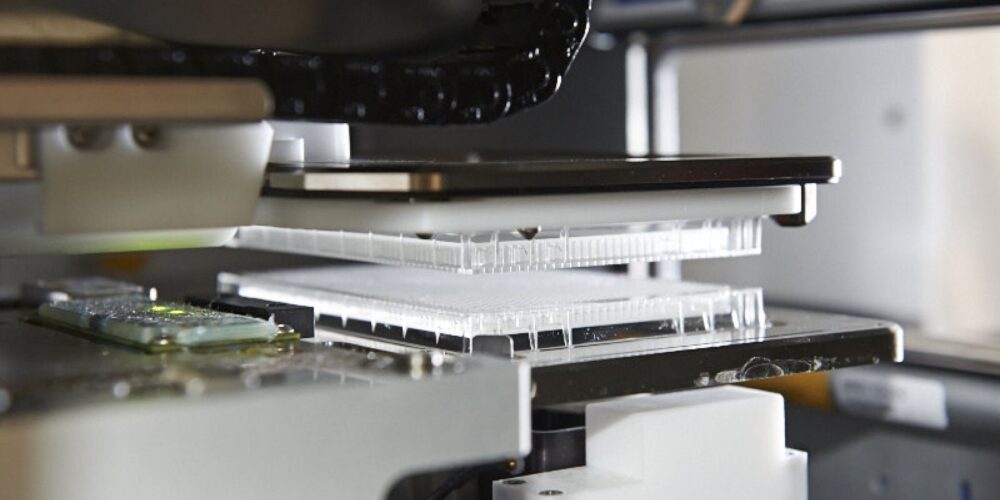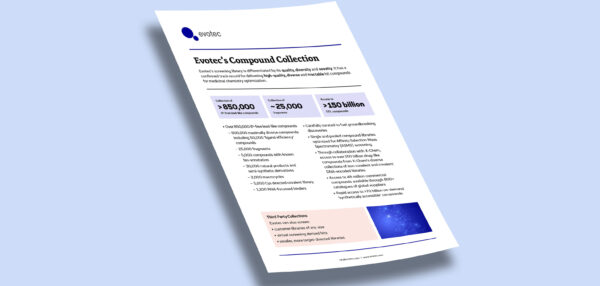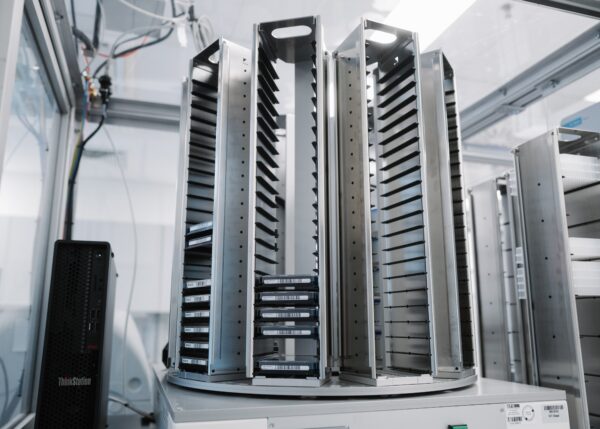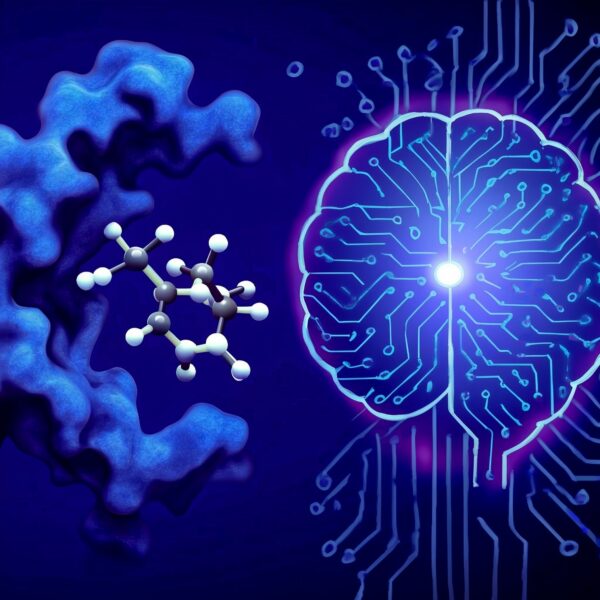Evotec has been a frontrunner in hit identification and industry-standard high throughput screening for partners since 1998, resulting in extensive knowledge accumulation over a range of different modalities, target class families and cellular phenotypic signatures. Over the past 5 years, Evotec has invested over 12 million euros in its HTS and hit identification infrastructure to offer an array of state-of-the-art technologies and automated screening platforms, enabling generation of high-quality hits delivered in lightning speed. Our well-curated and high-quality compound collections of >850,000 compounds provide access to a diverse and novel biologically relevant chemical space for hit identification. Evotec has been successful in generating tractable hits for historically considered undruggable targets, thanks to our innovations in structural biology, chemistry and drug design expertise, along with technological advances.
Learn about Hit ID at Evotec
Why Choose Evotec as your CRO for Hit Identification Services?
Experience in Hit Identification Services
Established in 1993, Evotec has laboratories in Europe and the USA. The company has gathered vast experience in all areas of lead discovery screening across different therapeutic modalities. In our hit identification and high throughput screening department alone, Evotec has over 150 multidisciplinary scientists (30% PhD) with strong disease area expertise. In the past 5 years, our scientists have worked on >300 HTS campaigns covering a range of conventional and novel targets including protein-protein interactions, protein-nucleic acid interactions and transcription factors, as well as different modalities such as molecular glues and RNA biology modulators. Evotec has a proven success rate of >85% in generating validated and tractable hits from HTS campaigns across all target classes.

Key Target Classes and Modalities
Compound Collection for Hit Identification Services
At Evotec we have a comprehensive and carefully curated library of >850,000 compounds, offering lead-like properties, chemical diversity and novelty in hit discovery screening. These libraries undergo regular QC testing for purity to guarantee high-quality screening outputs for hit identification.
Evotec offers flexible screening strategies for hit identification, including the option to screen your own libraries and/or Evotec’s libraries to give you the best chance of success. Our compound management facility can store and monitor your compounds so you can track compounds in real time through our fully integrated Titian Mosaic software platform.
In addition, through collaboration with X-Chem, Evotec has access to over 150 billion drug-like compounds from X-Chem’s diverse collections of non-covalent and covalent DNA-encoded libraries (DEL).
Platforms and Technologies for Hit Identification Services
Evotec boasts one of the largest and most technologically advanced drug discovery facilities in the world. In the past 5 years alone, >€12 million has been invested in the HTS and hit identification infrastructure.
Our capabilities cover:
- Target-directed screening
- Phenotypic screening
- Cell-based screening
- FLIPR services
- Electrophysiology services
- Reporter gene assays
- HiBiT detection
- Immunoassays
- RT-qPCR services
- Flow cytometry and FACS services
- Cellular bioenergetics e.g., Seahorse
- Radiometric assays and autoradiography services
- Metabolomics, proteomics and transcriptomics
- High content screening services
- Cell-based screening
- AI/ML-enabled virtual screening
Flexible Consultative Approach to Hit Identification
Evotec offers a flexible and tailored hit identification service with dedicated project managers and full access to scientific experts. Prior to initiation of the screening, a full study plan is created based on the client’s project requirements. Careful scientific and technical program assessment together with operational planning determines the optimal screening strategy to ensure project success. Experts from different disciplines are on hand to review and assess data and advise on hit validation, expansion and prioritization. Evotec offers standalone screening services or supports fully integrated projects from target validation through to the clinic.
Frequently Asked Questions for Hit Identification
What is hit identification in drug discovery?
The journey of drug discovery starts with a therapeutic premise and rapidly shifts to the need for chemical matter to verify the premise and lay the chemical groundwork for a potential new pharmaceutical. Hit identification is performed at an early phase in drug discovery to identify such chemical starting points (known as "hits" or "hit compounds") that show activity against a biological target or cellular phenotype. Hit identification is also known as hit-finding or hit discovery.
What are the key approaches used in hit identification?
Target-based screening and phenotypic screening are the two main key approaches in hit identification. Target-based screening measures binding or an effect directly on the known biological target. A range of different target-based approaches exist for hit identification, and these include biochemical, cell-based and biophysical methods. Phenotypic screening involves testing molecules in cells, isolated tissues/organs or animal models to select compounds with a desired biological effect. Phenotypic approaches can shed light on new biological processes and targets. The use of phenotypic screening often involves evaluating complex disease mechanisms, previously unknown biological targets, or it may be used as a follow-up secondary screening approach to prioritize hits from primary target-based screening. Typically, a combination of both target-based and phenotypic approaches is used in hit identification screening strategies.
What trends are emerging in hit identification?
- Sophisticated tools such as crystallography and computational modelling will continue to improve and further integrate into hit identification workflows. This will not only make an impact in understanding how a novel molecule interacts with its biological target, but also accelerates high-quality lead discovery.
- Continually evolving disciplines such as molecular biology and genomics will enable an improved mechanistic insight into human disease biology. Notably, gene editing techniques such as CRISPR have become popular as means for cellular disease modeling as well as promising therapeutic modalities over recent years.
- Complex physiologically relevant phenotypic models are becoming popular including the use of iPSCs and organoids that more accurately capture tissue-specific human physiology.
- Artificial intelligence and machine learning methods are a hot topic in drug discovery and hold great promise in transforming hit identification. As these models continue to improve their predictive capabilities, the speed and ability to find high quality hits is likely to be significantly enhanced leading to greater success in hit ID.
Learn More
- Read our blog article: How to Optimize your Hit Identification Strategy at Evotec >
- Watch On-Demand: The Role of Structural Insights in Drug Discovery >
- Join our 5-part webinar series on hit identification strategies >




